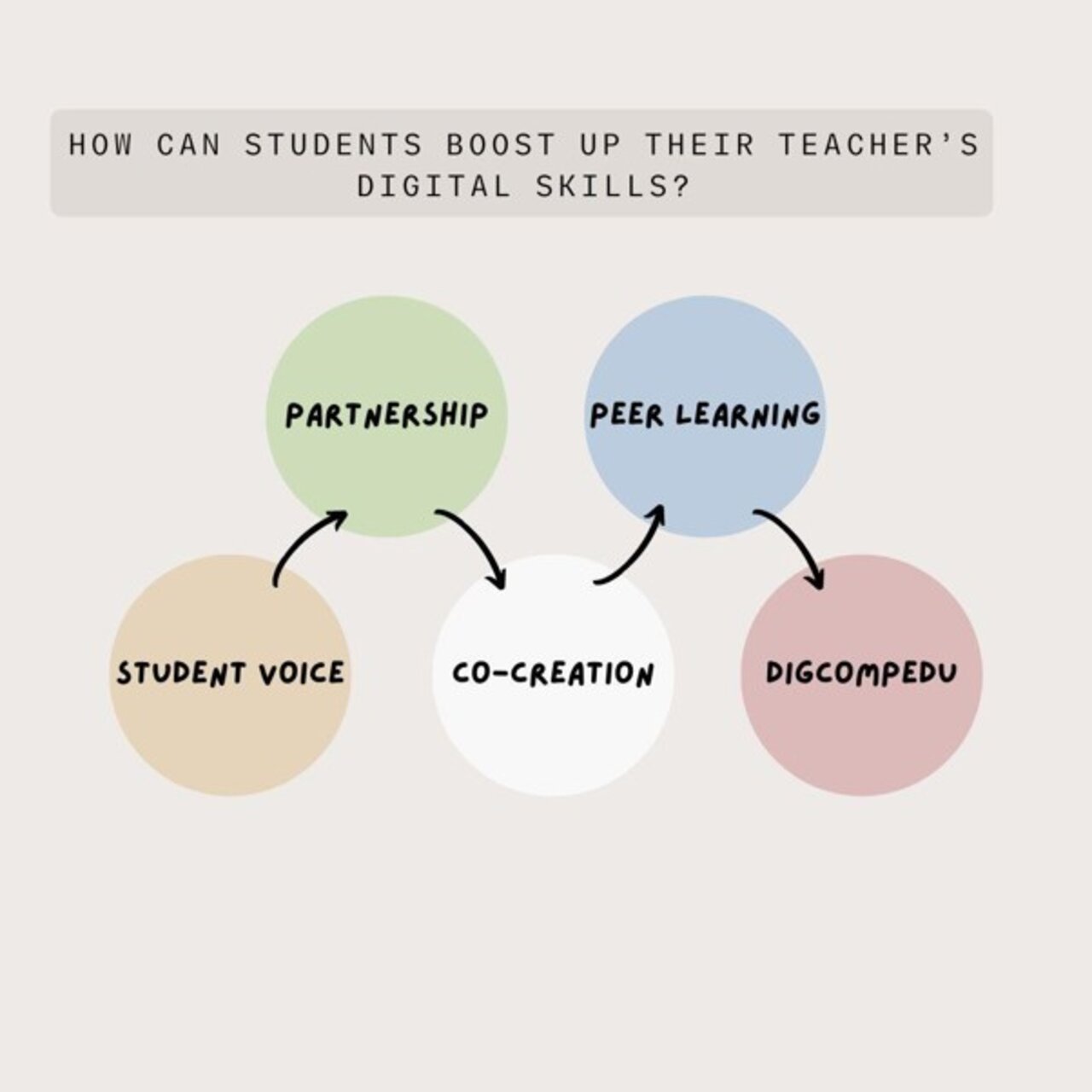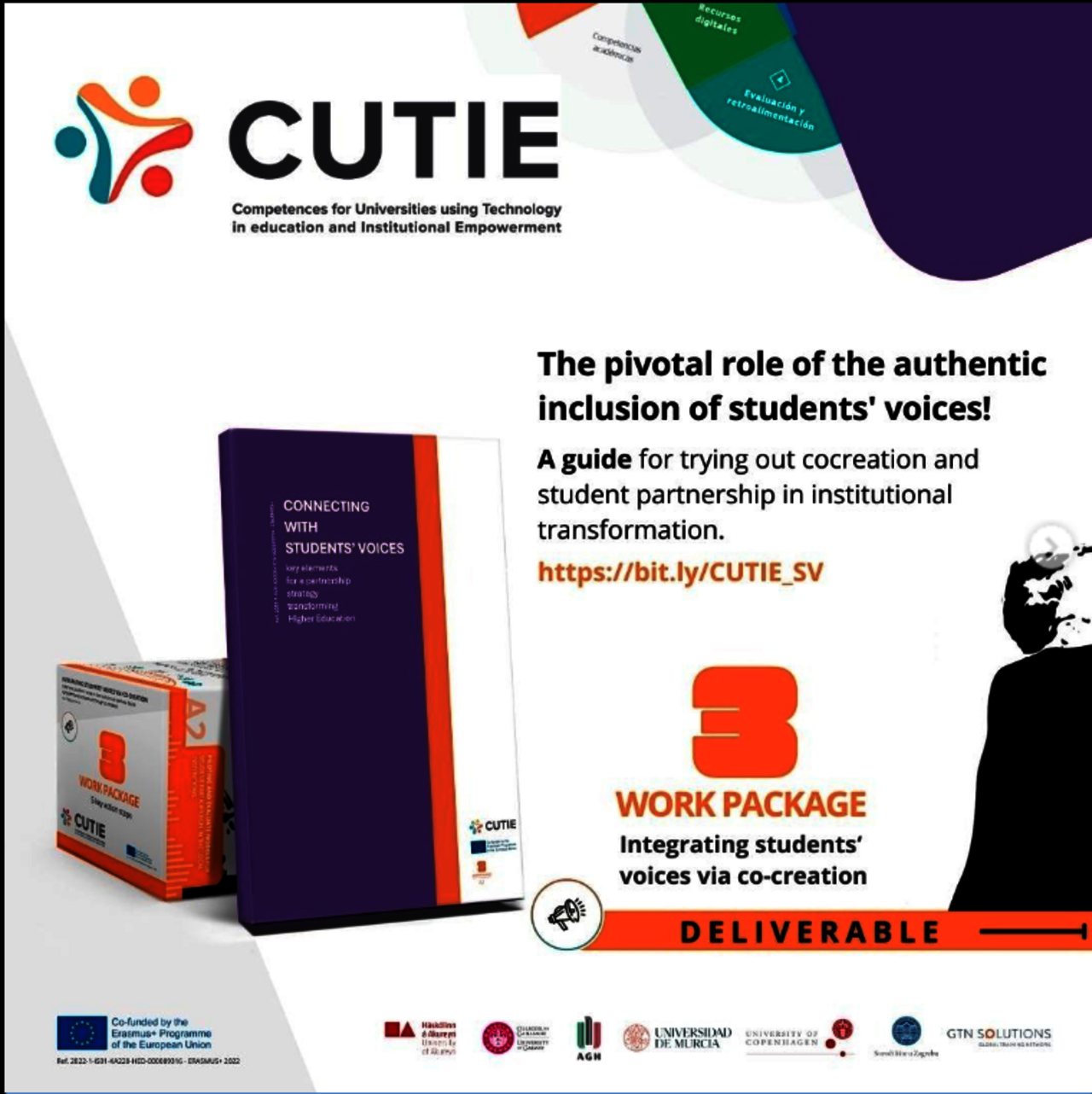Elevating Student Voices in the Digital Transformation of Education: looking at the literature
In the CUTIE’s WP3, the literature review has been performed to explore how students can engage in co-creation or partnership processes with teachers and how these practices align with the DigCompEdu framework. The primary objective was to identify gaps and highlight examples of good practices in the co-creation process, which would serve as a foundation for proposing and piloting co-creation approaches within the project partners' institutions. The review process started by searching relevant databases, including Web of Science, Scopus, Eric, and Ebsco, using the keywords “student co-creation” and “student partnership” within a 2018-2023 timeframe. The search was restricted to English-language publications. The initial search results were analysed to remove duplicates, resulting in 39 papers related to “student co-creation” and 199 papers related to “student partnership.”
Subsequently, the abstracts of papers with unclear titles were read to exclude those outside the review's scope, refining the selection to 181 papers: 28 on “student co-creation” and 153 on “student partnership.” These papers were then further analysed based on specific criteria, including the relevance of information to student engagement in co-creation, methods and models used, topics covered, student involvement, impact on teachers’ digital competencies, number of students involved, duration and frequency of initiatives, and the educational context. The analysis identified 107 papers relevant to student engagement in the co-creation process, out of which 49 were deemed highly relevant to the project. Among these, 19 papers specifically addressed the development of teachers' digital competencies, warranting a more in-depth analysis.

We noted that students could play multiple roles, such as consultants, facilitators, co-designers, and active participants in collaborations. Key examples from practice include students acting as creators, where their role as designers can involve the learning experience, resources, curriculum, or modules. Engagement can be either active or passive, where active participation manifested in roles like designers or tutors. This partnership can be achieved through activities such as involving students in the design process of educational experiences, resources, and curricula, as well as engaging them as tutors who actively contribute to the educational process and provide feedback and assessment of educational content.
These insights are crucial for understanding the current state and will significantly inform the development and implementation of co-creation strategies in the CUTIE project, ensuring that the proposed approaches are grounded in proven practices and comprehensive research.
Additionally, with the general data from all the documents included in the initial review, we decided to make a document that would allow us to have some literature-informed clues on crucial aspects of how to do Student Partnership and Cocreation and we have made it available to the whole community in the report: "Connecting With Students' Voices key elements for a partnership strategy transforming Higher Education” available in the results section of this Webpage or at https://bit.ly/CUTIE_SV

